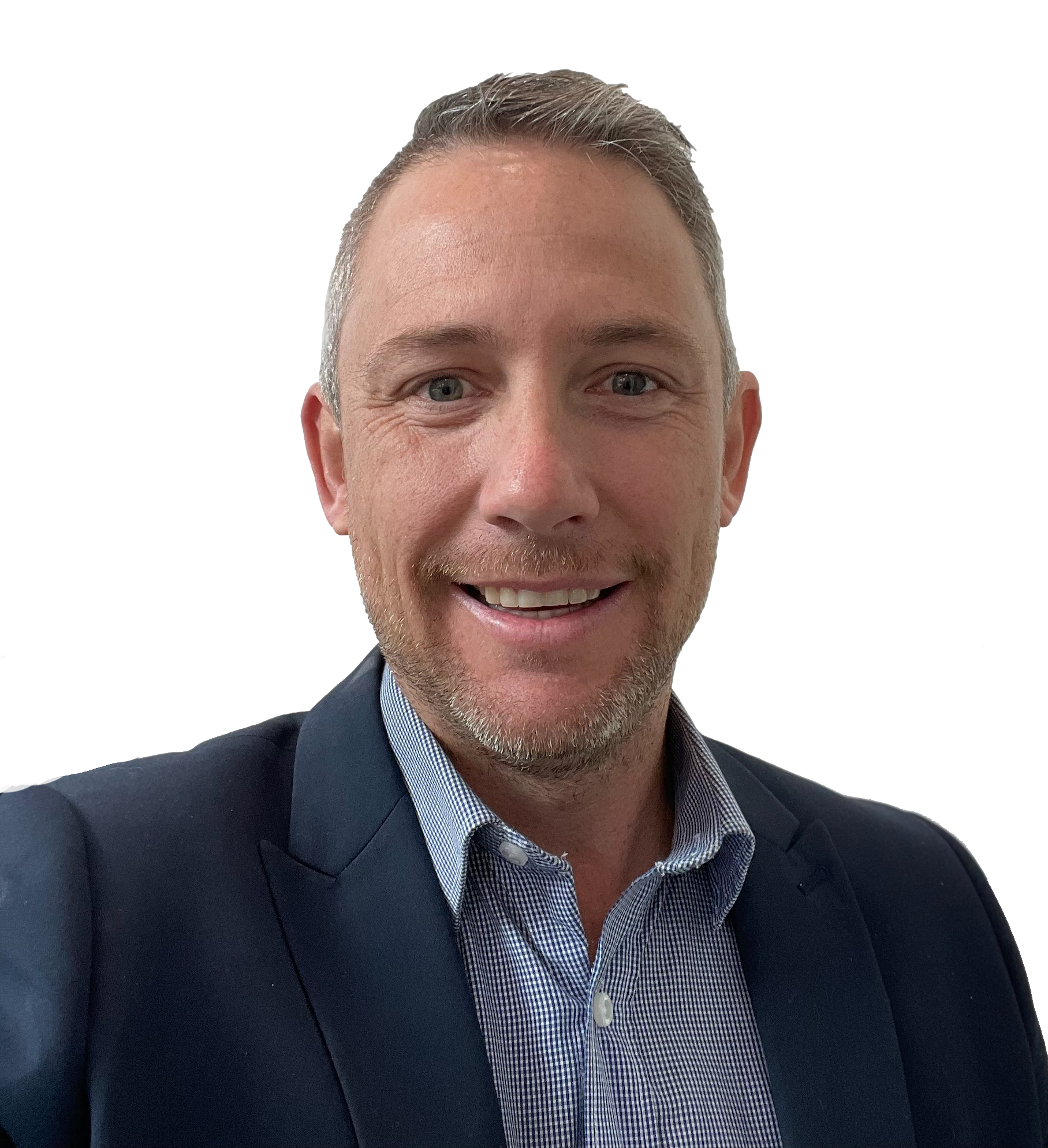Walking the Pathway together: What happens after choosing Dayforce
When it comes to bringing Dayforce to life, that journey is one we walk together—with the right people beside us every step of the way.

Table of Contents
Once the decision is made to move to Dayforce, the journey truly begins. The business case is locked in, the vision is aligned—and now it’s time to deliver.
Earlier this year, I reflected on this moment of transition in a blog marking 20 years with Preceda. While that post looked back, this one looks forward to the delivery experiences our customers are now living through.
Shifting perspectives and timelines
For many, the reality of implementation starts with a shift in perspective. The excitement of a new platform quickly meets the operational demands of delivery. Resourcing becomes critical, and timelines tighten. Suddenly, the project team is not only leading the change but managing the business as usual.
SDN Children’s Services had originally targeted a Dayforce Go-Live before the new financial year. While that timeline shifted slightly, the takeaway wasn’t about delays. It was about the importance of internal readiness, clear communication, and support throughout the journey. With strong collaboration between their internal team, their chosen system integrator, and the Dayforce delivery group, they kept momentum and built confidence, one milestone at a time.
We often hear this idea of confidence-building, particularly from customers who take a phased rollout approach. For SDN, this meant starting with payroll and time before expanding to other areas like recruitment and performance. Testing each phase in a live environment before scaling gave them the assurance that everything was working as it should and that their people were ready. This approach helped ensure that each part of the system worked smoothly before expanding to other modules.
Increasing operational efficiencies
At Uniting NSW.ACT, a similarly thoughtful approach to implementation delivered not only a successful Go-Live, but also substantial operational efficiencies, particularly in their workforce reporting. Before Dayforce, the annual Workplace Gender Equity Agency (WGEA) report took two full-time staff nearly a month to compile. Post-implementation, what was once a labour-intensive, manual process has been dramatically streamlined.
Dr. Anat Hassner, Chief People and Strategy Officer of Uniting NSW.ACT shares, “Dayforce has allowed us to significantly reduce the time and manual effort required to meet complex reporting needs. What once took weeks now takes a fraction of that.”
Reducing disruptions and managing risks
The Shoe Group also shared their experience during a recent webinar. Their team approached the transition with a strong focus on forward planning and risk management. “Understanding the risks upfront and getting clear on internal responsibilities helped us focus on what really mattered during the transition,” Darren Cheeseman, Business Solutions Architect of The Shoe Group, explains.
Identifying critical milestones early and engaging closely with Dayforce specialists and internal stakeholders, The Shoe Group created space for smoother delivery while minimising disruptions.
Their story serves as a reminder that implementation is not just about systems—it’s about strategy and clarity. When customers lead with intention and lean on experienced partners, the results speak for themselves.
Transforming people experiences with Dayforce
Of course, implementing a system like Dayforce is about more than process—it’s about people. Change can create friction, especially when it touches something as personal as payroll or as visible as rostering. That’s why so many of our customers emphasise the role of communication and training. SDN focused early messaging on the immediate changes: timesheets and payroll. Training was delivered in stages. Two-way channels were set up so staff could ask questions and provide feedback.
It’s a strategy echoing across many of the stories we’ve gathered on our My Pathway site. For example, Ingenia Communities shared how eliminating four separate systems allowed them to reduce manual entry errors and administrative workload dramatically. At Harris Farm Markets, smart system design has led to projected savings of up to AU$2 million in wage efficiencies. These results are the outcome of the platform and strong internal leadership and guidance from skilled delivery partners who understand both the product and the realities of customer environments.
What stands out in every one of these journeys is the moment just after Go-Live. It’s not always perfect. There are still adjustments, questions to answer, and features to roll out. But when payroll runs cleanly, timesheets are submitted without friction, and employees start to engage with the system confidently, the real payoff begins.
We often talk about transformation in terms of strategy, outcomes, and future readiness. But the truth is, transformation is delivered through project timelines, UAT sessions, Go-Live checklists, and everyday problem-solving. In these moments—after the decision is made, before the long-term benefits fully materialise—customers experience the greatest change.
And it’s where we, as partners, make the biggest impact.
Hear more from our customers about what it takes to implement Dayforce and their delivery experience through the My Pathway program.
You may also like:
Ready to get started?

